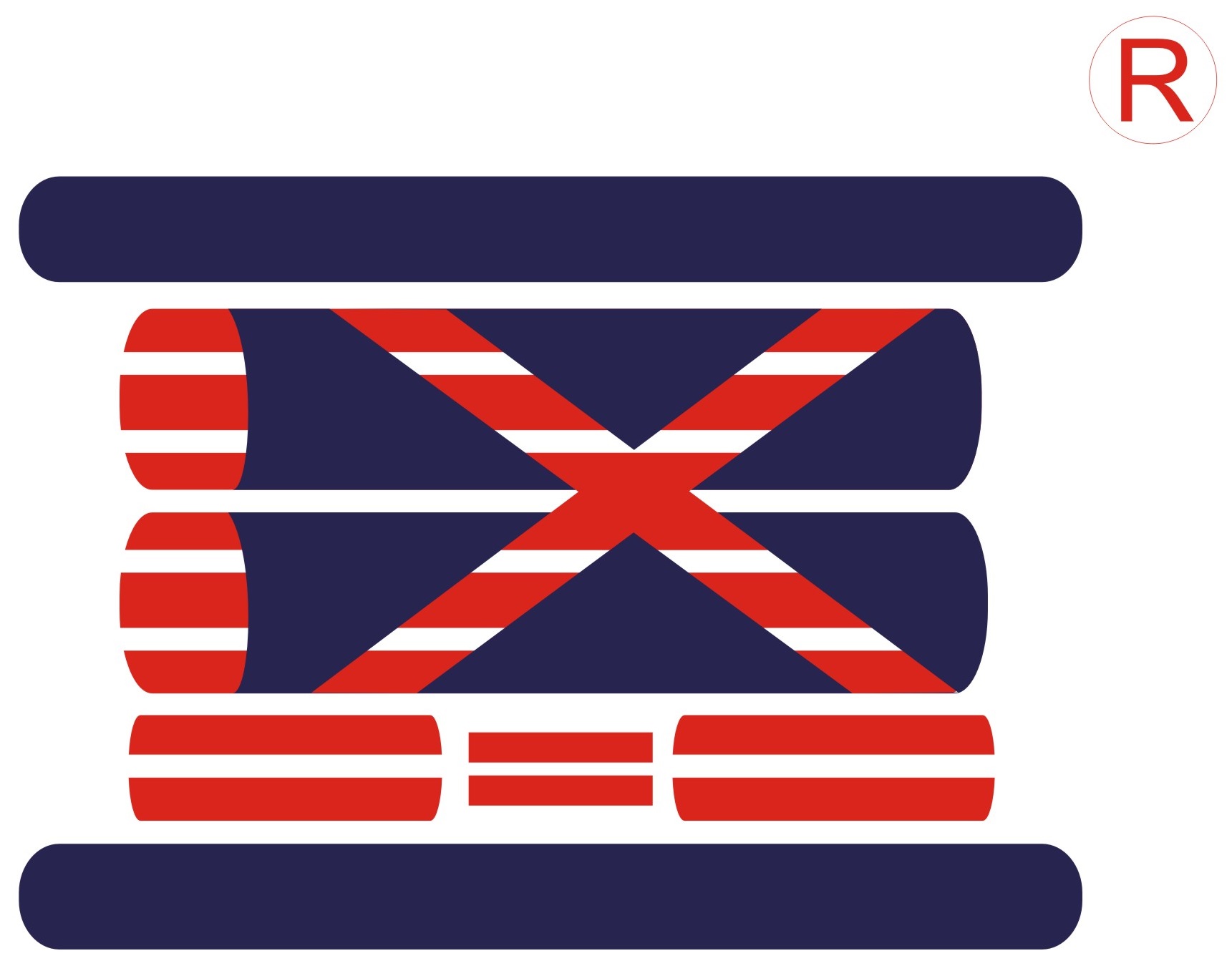Benefits of Hot Runner Mold
Though the question is fairly basic, there is quite a range of answers, and those answers are not simply boiled down to one or two sentences.
The indications, guidelines and factors as well as all the different variations for use of a "cold runner" versus a "hot runner" are going to vary, and would range beyond the scope and ability to answer the question.
You will have to examine your application and choose accordingly, but I will try to explain briefly some of the advantages to a hot runner solution. As I currently work for a hot runner company I see many parts that benefit from this application. Here are a few basic reasons to look into hot runners:
- Less waste -which in turn reduces contamination
- Controlled melt temperature - reduces warping of part as well as plastic degrading
- Great gate vestige - Reduces the need for second operations
- Lower injection pressures - allows for more cavities per mold
- Shorter cycle times - improves production efficiency
I would suggest that you strongly consider the SPE training program, hold at the Chicago Hilton/Indian Lakes Resort, Bloomingdale, Ill. Topics include: plastic injection mold design and building; plastic materials and processing; extrusion of engineered plastics; reheat stretch blow molding; injection molding troubleshooting; plastic component failure analysis; thermoplastic elastomers, thermoforming process technology, plastic part purchasing and quoting; screw design; snap/press fits and plastics welding; blow mold tooling and part design; rheology, biopolymers and other new technology. Another alternative to consider is having someone come to your plant to conduct training.


